These super-realistic VR experiences tricked our senses.
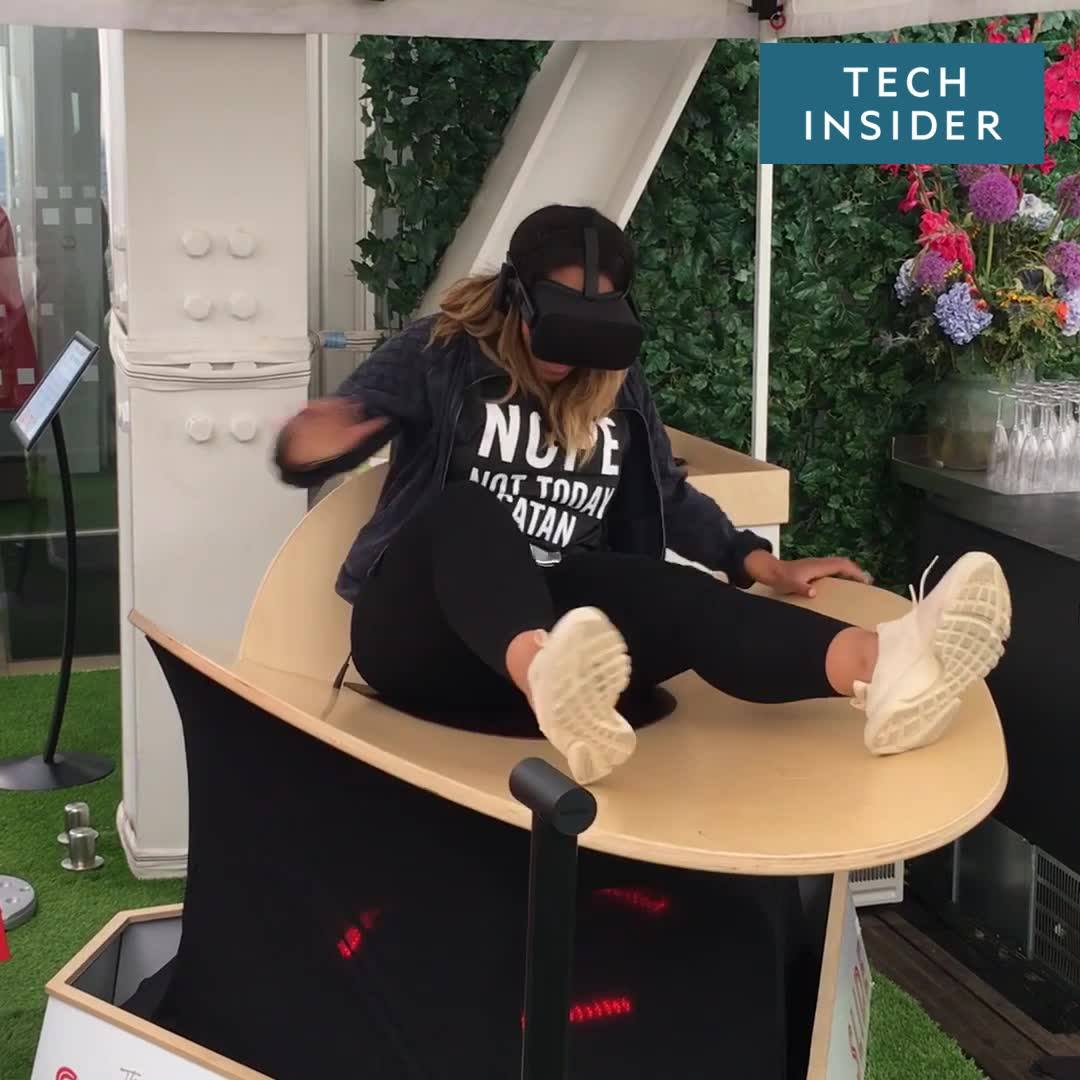

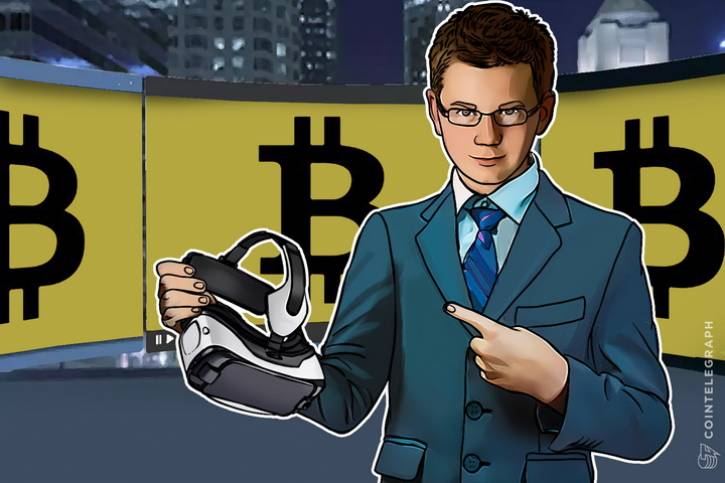
After having been given $1,000 by his grandma at only 13-years-old, Erik Finman, now 17, made the risky decision to invest in the notoriously volatile Bitcoin market.
When he was 15, only a year and a half later, he liquidated his Bitcoins, making a cool $100,000. He’s now crowdfunding his very own VR headset. He has been featured in Time Magazine, Mashable, CBS News, Business Insider, The Times, BBC, and more.

After living through a car accident, I think this raises excellent awareness!
Exhibits at the Liberty Science Center in Jersey City usually produce awe and wonder. A new interactive exhibit at LSC, however, gives the participant a grim and horrific look at the results of distracted driving. The AT&T 2018 It Can Wait Tour, a 3D virtual reality exhibit, will be at the science center from Friday, July 6 to through Tuesday, July 10, from 10 a.m. to 5:30 p.m. each day. The exhibit uses virtual reality technology to simulate the potentially deadly consequences of using a phone while driving. The exhibit also features a memorial wall, a wall of keys representing lives lost and a wall made to look like crushed car parts. The Liberty Science Center is located at 222 Jersey City Boulevard.
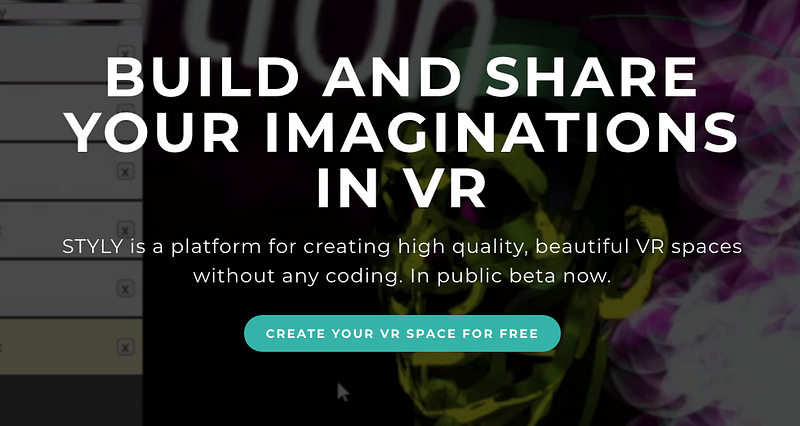
Recently, I spoke at VRTO2018 in Toronto, Canada—which gave me a chance to see some of the bleeding edge tech in VR, AR, and Mixed Reality. Of all the VR tech I encountered there, it was Psychic VR Lab’s creation Styly that captured my imagination most of all.
Terrence McKenna once described virtual reality as a “technology that will help us show each other our dreams.” He discussed this angle at length, finding that VR’s potential to share our subjective experiences with each other on an embodiment-based medium, to have vast consequences for our species. “In the cyberdelic future, artists will rule because the world will be made of art.” McKenna further speculated that he saw VR as a potential next step in the evolution of language itself. When and how and with what technology this will be achieved has been an open question. Yet, with the arrival of Tokyo-based company Psychic VR Lab and their new tool Styly, we seem within closer striking distance to McKenna’s dream of “inhabiting” the imagination more than ever before.
Psychic VR Lab made a splash in 2015 by providing a website that hosted and processed images using Google’s phantasmagoric Deep Dream. Their new project Styly is a hyper-user-friendly platform for creating shareable VR worlds. The browser-based interface consists of just a few buttons. Model content can be browsed and imported from a variety of pre-existing libraries like Sketchfab, 3D Warehouse, Unity’s asset store, and Google Poly. This means you do not need to make your own models from scratch — they can be imported in. Images can be uploaded from Instagram, videos from YouTube (including 360 videos), and music from Soundcloud are all a single click away. Mp3s and image files can be imported from you desktop, and it also supports Unity, SketchUp, Blender, Tilt Brush, Blocks, Maya, and Mixamo.
For me, the Styly interface had about a 12-minute learning curve — And I have not played with a modeling or animation program for about 15 years. The first thing I created was a Gigeresque nightmare world, and it took less than half an hour to build.
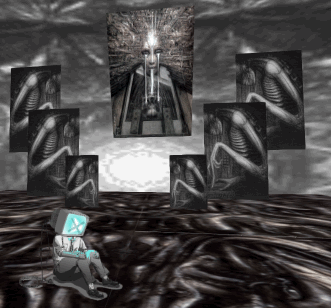
Though still a fresh tech, what Styly made vividly clear to me was that one of the big winners in the ongoing race for VR supremacy is going to be whoever develops the first VR Instagram. Instagram was an easy-to-use streamlining of several kinds of image editing software. It ended up becoming the most successful prosumable photograph tech since the Polaroid — and far outstripping it.
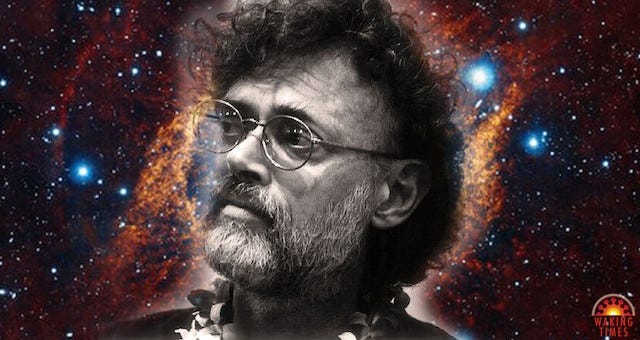
Another wonderful feature of Psychic VR Lab’s Styly tool is a gallery for users to share their own VR worlds with each other. This gallery feature, along with their easy-to-use VR world builder, is McKenna’s VR philosophy in full effect. McKenna pointed out throughout his career: whoever democratizes VR world building and sharing for user-producers, prosumers, call them what you will — artists — whatever company or tech that enables the spirit of the artist in us, just as Instagram has, is the one that is by definition going to be the most overwhelming novel, interesting, and important. The alternative VRs are going to be who has the best sandbox community, the best market-researched Whateverworld, the most addictive Blockchain Casino, the most useful listen-to-me-talk speakerspace, and so on. All that is inevitable. Nevertheless, it is whoever enables the artists that is worthy of attention; because whoever enables the artists enables the future.
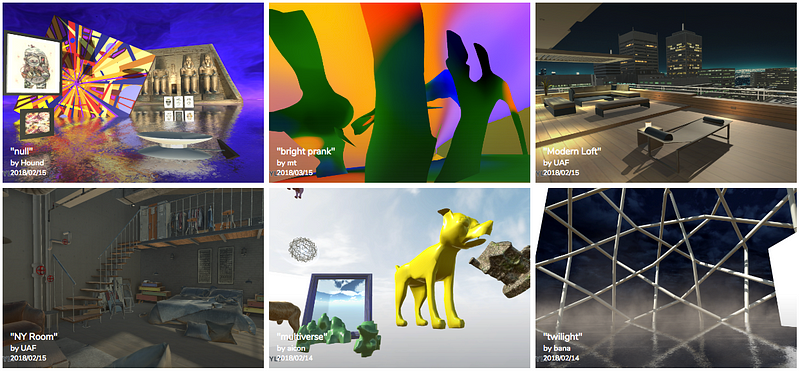
The easy-to-use prosumer angle is one that will likely be the most interesting and the most ethically and spiritually important when it comes to the VR question. As McKenna said:
“The importance of virtual reality, as I see it, is that it is a technology that will allow us to show each other our dreams. We will be able to build structures in the imagination that we cannot now share with each other. I imagine a world where children begin to build their virtual realities when they are five, six, seven. By the time they are twenty these virtual realities might be, practically speaking, the size of Manhattan. Well, then what real intimacy will mean is saying to someone ”Would you like to visit my world?” My world with my visions, my values, my dreams, my fears. In a sense, what virtual reality is, is a strategy to let us turn ourselves inside out. So that we see each other’s minds […] But virtual reality is going to allow us to share much much more of ourselves. After all my reality is not how I look. My reality is who I am. And the only way I could give that to you is by inviting you inside.”
Groups like Psychic VR Lab and tools like Styly are helping to make McKenna’s cyberdelic vision a reality.
Enjoy 8 hours of McKenna discussing VR and the Future.
Originally published at Medium

ELON MUSK wants to plump humans on Mars by 2024 and the first batch of settlers could live in 3D-printed home pods that pack hologram computers.
You’ll be able to tour the Red Planet habitat in virtual reality and view a scale model of the sci-fi living space at the Goodwood Festival of Speed next month.
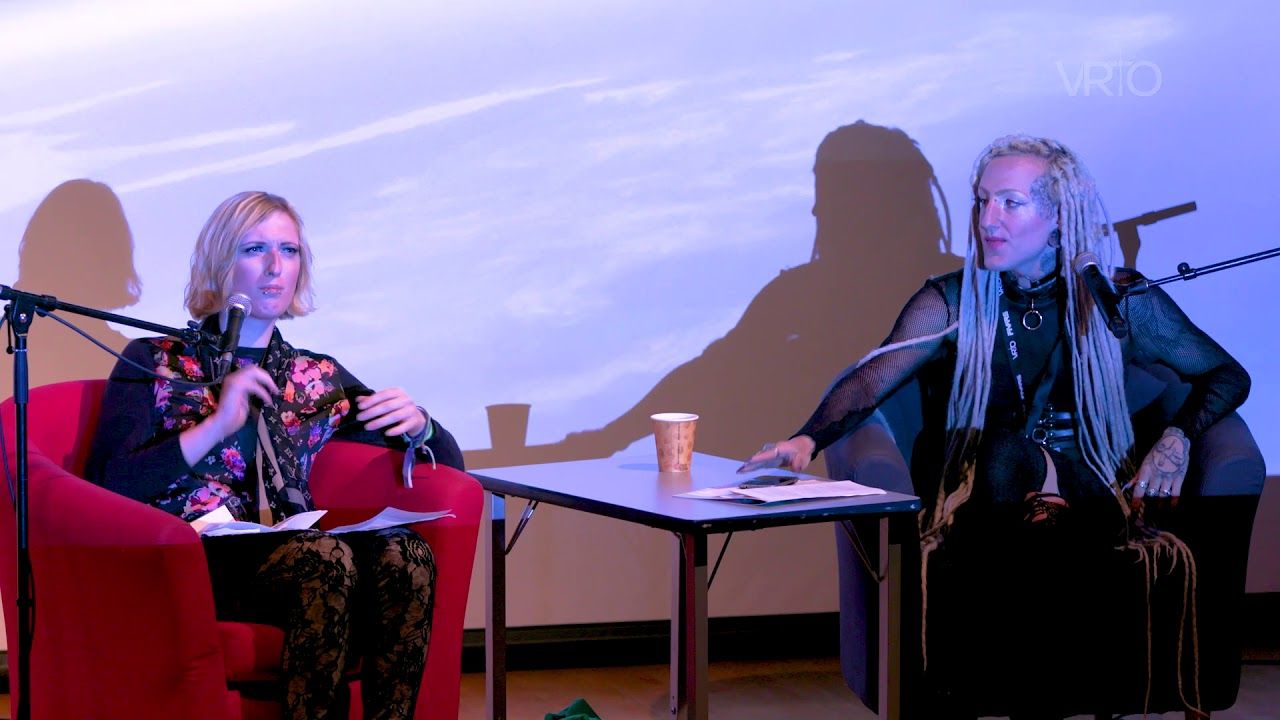
The famous psychologist Timothy Leary once referred to himself as a “surfer,” envisioning a future where, “[t]o study biology, you can press a button and make yourself part of the human body. You can become a white blood cell and learn about the circulatory system by traveling through an artery. You can call up the Prado Museum in Madrid and study Goya’s paintings.”
When I think about the future, I envision mass technological disruptions across the entire landscape. Artificial intelligence (AI) being embedded into the very fabric of our architecture and institutions, 3D printing transforming our socio-economic system from scarcity to abundance, and virtual reality/augmented reality (VR/AR) unleashing infinite potential in shaping our perceptions of reality.
One could argue that we’ve already been experimenting with VR/AR via the use of psychedelic drugs, like psilopsybin, DMT, etc. But for many, the perception of these drugs tend to carry an unfortnate negative connotation. When people think of someone doing shrooms, a lot of them think of a person going mad in the middle of the woods. When people think of someone doing LSD, a lot of them think of a person believing they’re Peter Pan as they hoist themselves off the top of a skyscraper.
The devil may be in the details, but for those who actually experiment with psychedelics, the devil isn’t this terrible thing which results in their immediate death or psychological disruption; the devil is the infinite potential of their mind overcoming the many obstacles of reality.
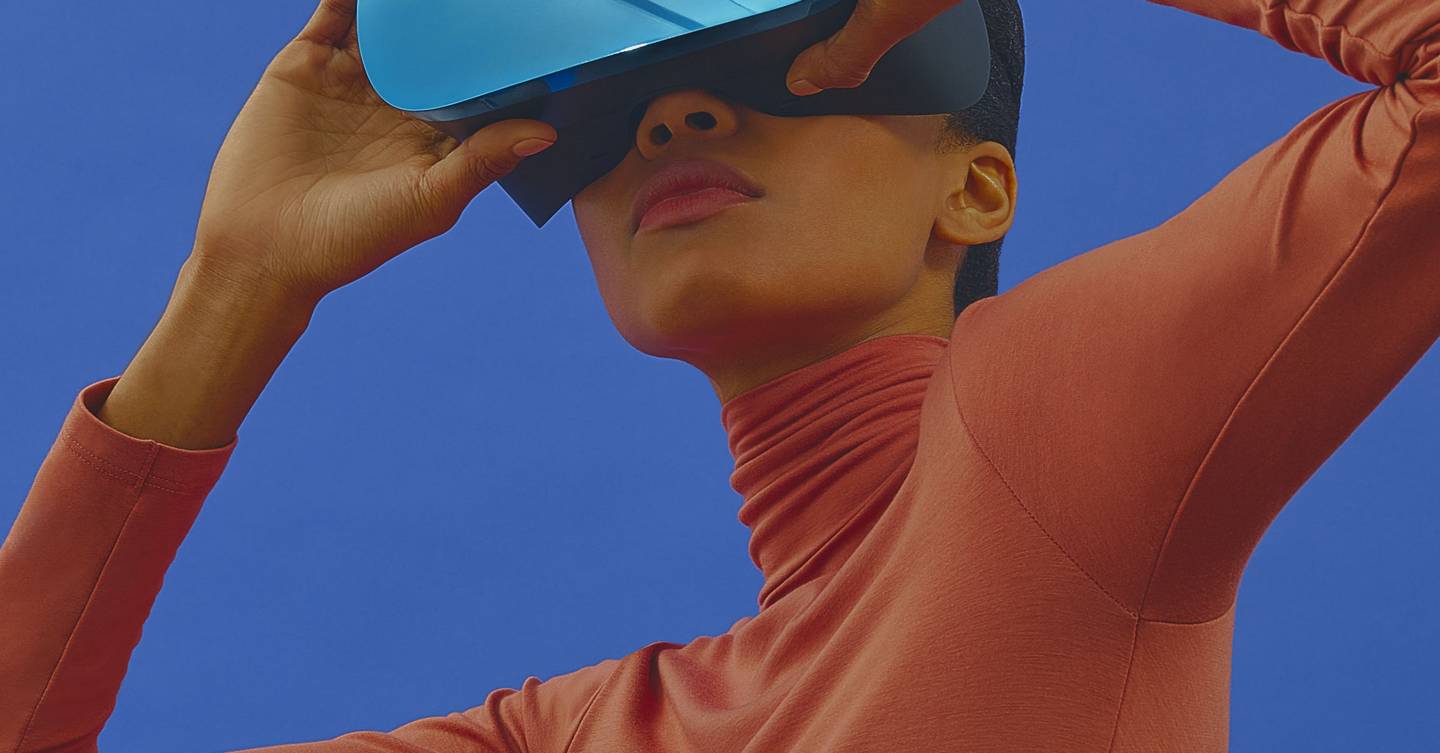

DigiLens, a developer of transparent waveguide display technology, says it’s working toward a waveguide display which could bring a 150 degree field of view to AR and VR (or XR) headsets. The company expects the display will be available in 2019.
Founded in 2005, DigiLens has developed a proprietary waveguide manufacturing process which allows the company to “print” light manipulating structures (Bragg gratings) into a thin and transparent material wherein light can be guided along the optic and be made to project perpendicularly, forming an image in the user’s eye. While DigiLens isn’t the only company which makes waveguide displays, they claim that their process offers a steep cost advantage compared to competitors. The company says they’ve raised $35 million between its Series A and B investment rounds.
While DigiLens’ displays have primarily been used in HUD-like applications, the company is increasingly positioning its wares toward the growing wearable, AR, and VR industries. At AWE 2018 last week, DigiLens Founder & CTO Jonathan Waldern told me that the company expects to offer a waveguide display suitable for AR and VR headsets which could offer a 150 degree field of view between both eyes. He said that a single display could be suitable for AR and VR modes in the same headset by utilizing a liquid crystal blackout layer which can switch between transparent and opaque, something which DigiLens partner Panasonic has developed. A clip-on light blocker or other type of tinting film ought to be suitable as well.

What does it mean to fall in love in the 21st century? Originally, the number of people you could fall in love with were limited to the amount that lived within relative close proximity of you (a few miles, at best). In today’s world, however, it isn’t that uncommon for people to fall in love online.
As we move forward into a future of VR and AI, how might our abilities to fall in love change in a world where non-biological life is teeming just as much as biological life?

VR companies around the world are planning to offer live views of the Earth from space within the next few years.
Dr Stuart Clark writes Across the Universe for the Guardian, and is the author of The Search for Earth’s Twin (Quercus).